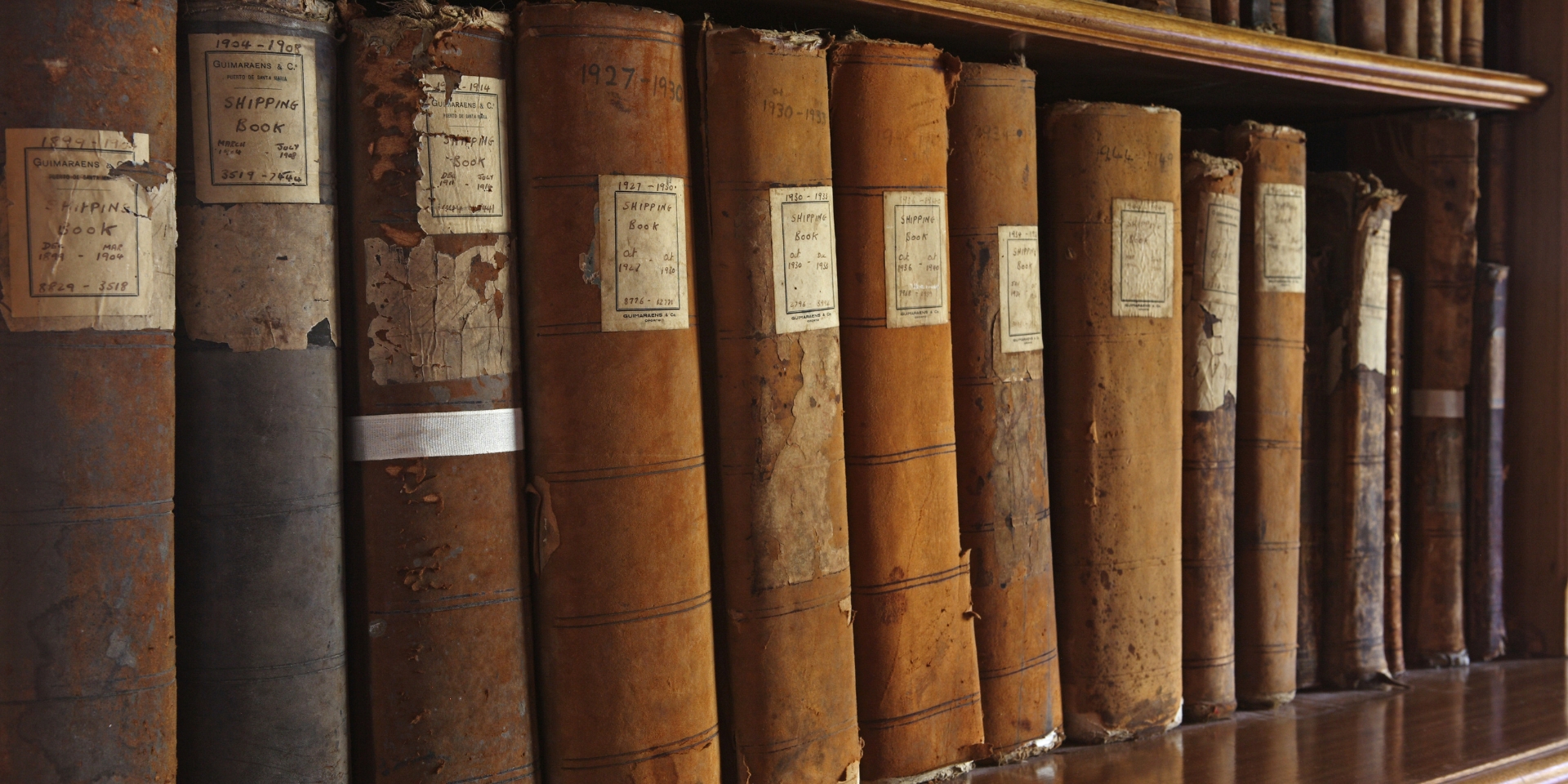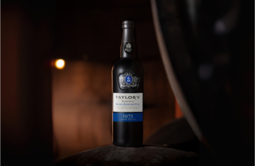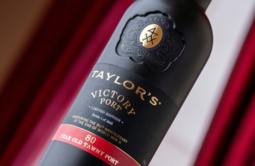Tappit-hen
See 'Bottle Sizes'.
Tawny
As it ages Port will gradually change colour, the deep red colour of the young wine gradually evolving into the paler reddish-brown colour known as 'tawny'. How quickly the colour changes depends on how deply coloured the wine is to start with and also how much contact the wine has with the air as it ages. A Port will take on a tawny colour more quickly in a cask, where the wine has greater contact with the wood, than in a large vat. Aged tawny Ports are therefore usually matured in cask.
Traditional measures
The traditional unit of volume of Port production is a 'pipe' of 550 litres. A pipe is the equivalent of 22 almudes each corresponding to 25 litres. The almude (pronounced 'ahl-mood') is, in turn, composed of 12 canadas. Strictly speaking a canada (pronounced 'ca-nahder') corresponds to 2.08 litres. However in practice this was normally taken to be 2 litres. In the past, almudes and canadas were the standard units of measurement used in the Port wine lodges and there were metal vessels corresponding to each size . In the case of almudes these were large churns. For canadas they were normally tubular pitchers resembling narrow watering cans. Almudes and canadas are no longer used but they live on in the symbols that can still be found marked on the heads of the casks in the Taylor lodges. These symbols consist of an 'X' associated with two numbers, one corresponding to almudes, the other to canadas. By adding these values to the volume of a standard 550-litre 'pipe', it is possible to work out what the capacity of the cask is. 
The example in this image indicates that the cask has a capacity of 608 litres, i.e. (2 x 25)+(4 x 2)+550 = 608. 
According to a traditional saying, a canada was as much as a man could drink in a day, an almude was as much as a woman could carry on her head and a pipe was as much as could be transported by an ox cart.
Treading
In the traditional method of making Port, the grapes are trodden by foot in wide granite tanks called lagares. The first stage of treading is called the corte, or ‘cut’, and involves crushing the grapes, which at this stage are still relatively solid, to release the juice and pulp from their skins. During this initial stage the treaders link up in a tight line and advance very slowly shoulder to shoulder across the lagar, treading methodically and in unison to ensure that the grapes are thoroughly crushed. When the corte has been completed, the second stage begins. This is called the liberdade or ‘freedom’ and is often heralded by the singing by the pickers of the Canção da Liberdade, or Song of Freedom. The treaders now work individually, moving freely around the lagar ensuring that the grape skins are kept submerged under the surface of the wine. Whereas the corte is conducted in silence, except for the call of the marcador marking time, the liberdade normally takes place to the sound of music. After a few hours the fermentation begins and the heat and alcohol it produces begins to release the colour, tannins and aromas from the skins allowing them to be diluted in the fermenting wine. The treading is sometimes supplemented by the use of long wooden plungers called macacos used to punch the skins down under the surface of the wine. This phase of the process is vital to the making of quality Port. Although expensive and laborious, treading is still the best way of achieving gentle but complete extraction, producing wines with structure, depth of flavour and balance.
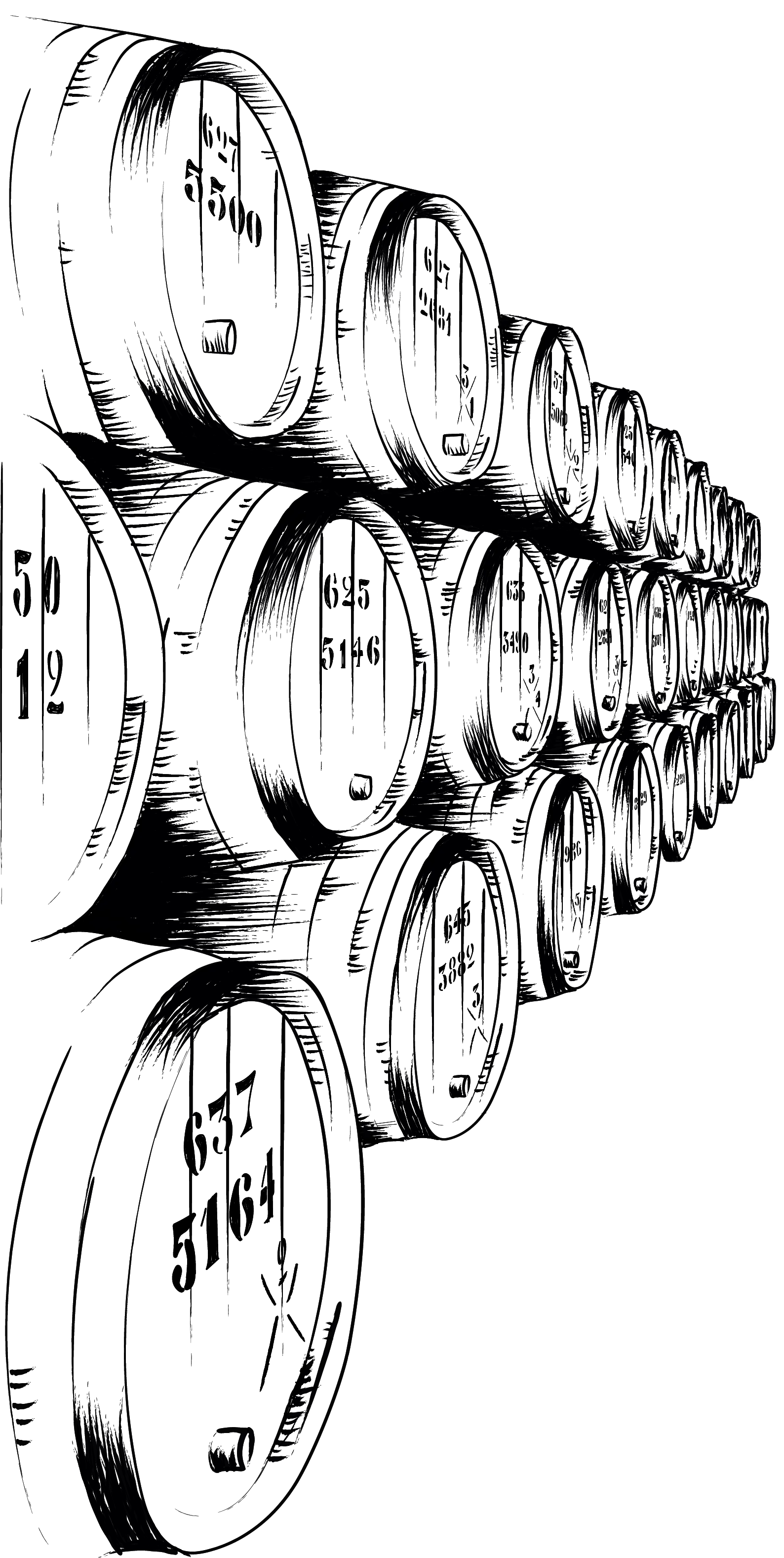
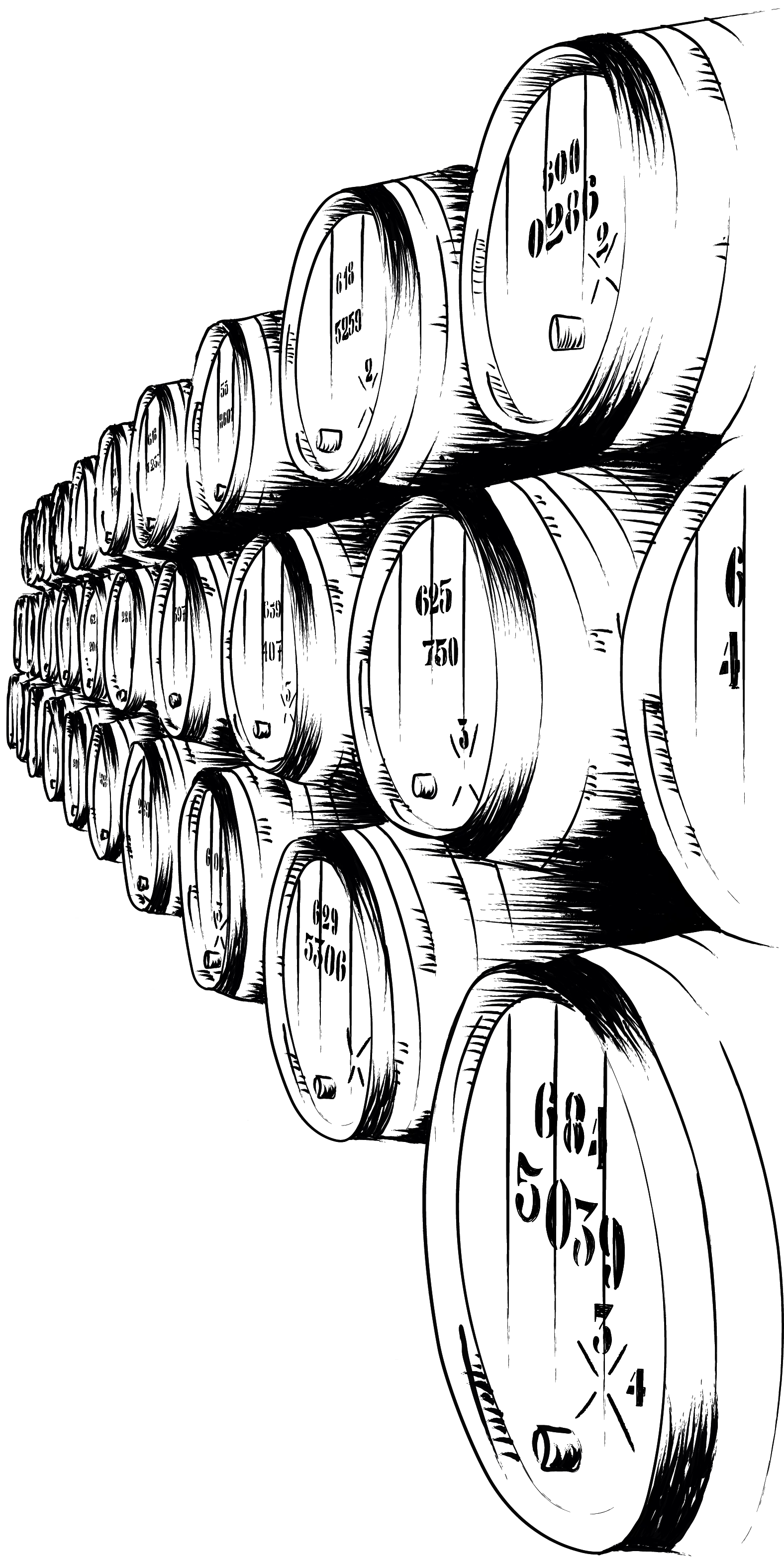
discover more

